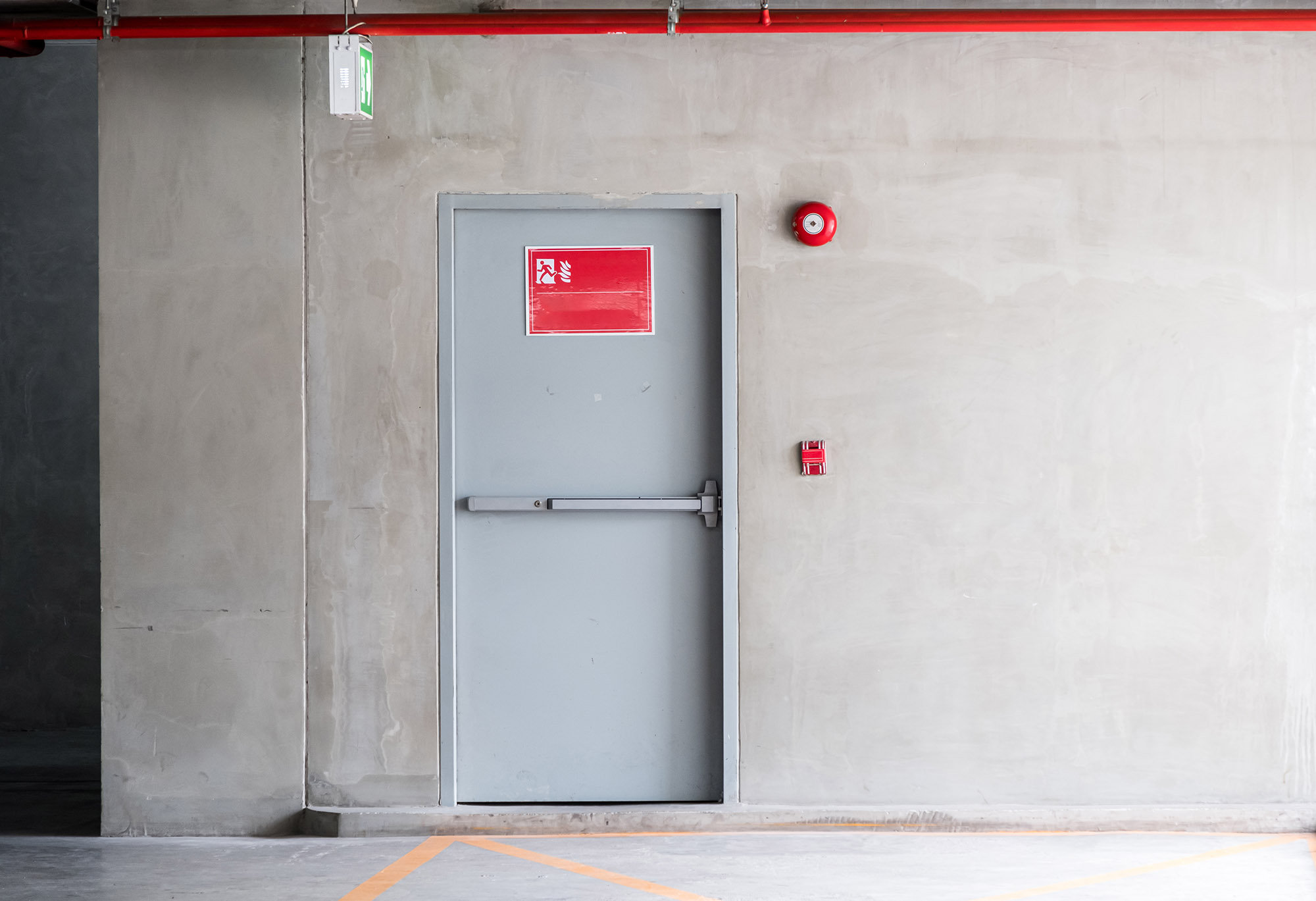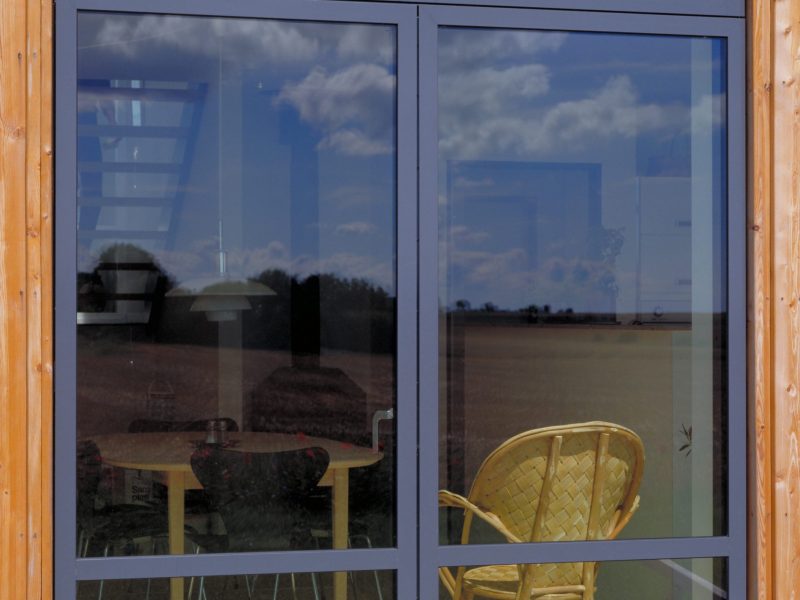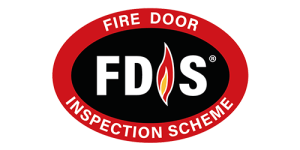What are the rules for fire doors?

What are the rules for fire doors?
Fire doors are crucial for protecting the occupants of any commercial property. They’re designed to keep flames from spreading, which can in turn save lives and prevent significant costs. In this guide, you’ll find some of the most important fire door regulations to consider, to ensure occupants can enjoy optimal safety and peace of mind.
Fire Resistant Material
In the event of an unexpected fire, temperatures can rise dramatically in just a matter of seconds. As such, you will want to make sure your chosen fire door can resist high temperatures, to slow the spread of flames.
There are a number of popular materials used in the manufacture of fire doors, including timber, steel, aluminium, and even uPVC. Each of these materials offer their own benefits.
Timber
When exposed to flame, the outer surface of timber immediately begins to char, developing a thick layer of carbon that slows the spread of oxygen to the inner surface of the wood. Timber is also a popular option because of its aesthetic value, so it’s a great option for all manner of premises.
Steel
Steel is an incredibly heat resistant material, and can withstand temperatures up to 500 degrees. As such, it stops the spread of flames for up to 120 minutes. Steel is also an incredibly durable material, so it’s perfect for commercial premises that require an extra layer of security.
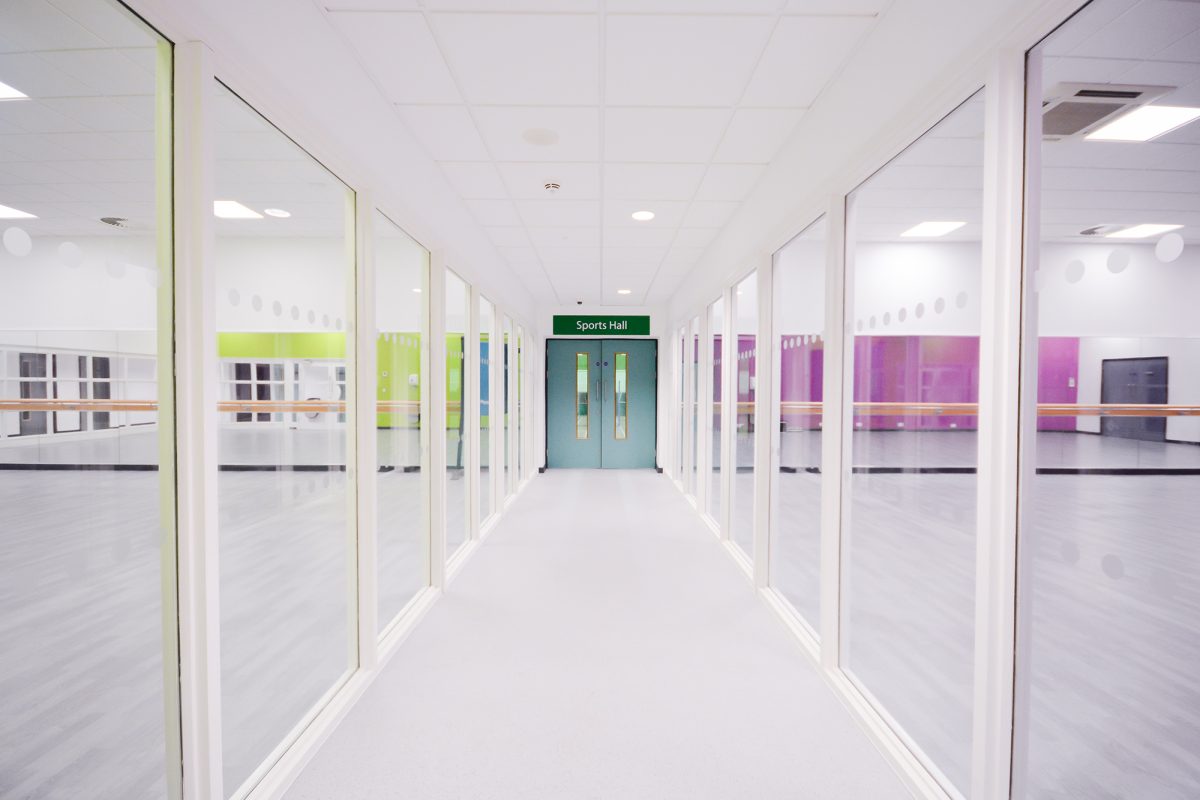
Fire Resistance Time
Fire doors are actually rated in terms of how long they can resist the spread of flames. For instance, a door rated as “FD30” can actually resist flames for up to 30 minutes. The most enduring fire doors, FD120 doors, can actually prevent the spread of fire for up to 120 minutes.
In order to decide on the appropriate fire door rating, you will need to consider a few things, such as the proximity of the door to other spaces, and what each space is used for. To ensure you choose a truly suitable option, we would recommend carrying out a full fire risk assessment.
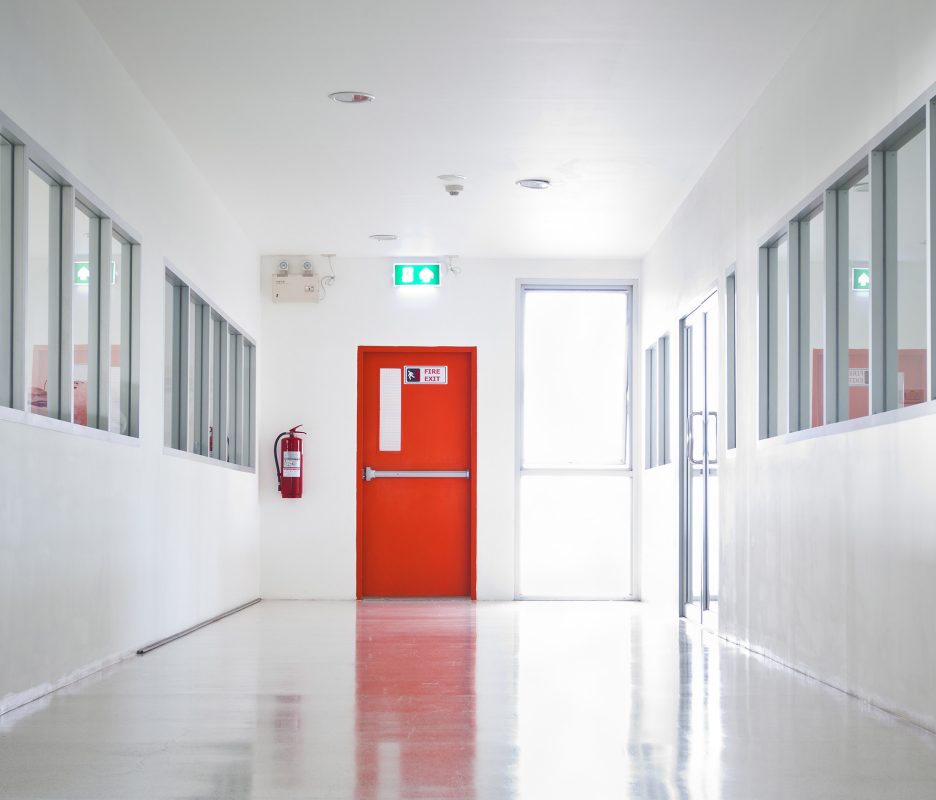
The Door Frame
To ensure optimal safety, you will need to also carefully consider the door frame. The gap between your chosen door and its appropriate door frame should be no wider than 2 to 4 millimetres. This ensures that the all-important smoke seal, often known as the “Leaf”, can prevent smoke from passing through.
Fire Resistant Attachments
It’s important to carefully consider the door’s various attachments to ensure they’re similarly fire resistant. For instance, you should make sure that locks and latches feature high melting points, and that they do not create an entryway for high temperatures to leak through.
Hinges are also incredibly important, and should be made of heat-resistant materials with high melting points. There should also be a minimum of 3 hinges holding a fire door in place. This ensures optimal stability, to prevent the spread of flames.
Self-Closing Mechanisms
Self-closing mechanisms are crucial in non-domestic properties and flats in larger HMOs. These mechanisms are designed to ensure doors close firmly in place, without the need for any human intervention. This allows occupants to enjoy extra peace of mind, knowing that, in the event of a fire, flames will be kept from spreading.
You should ensure that a self-closing mechanism is sufficient enough to fully close a door automatically. This ensures a secure seal that keeps flames from spreading.
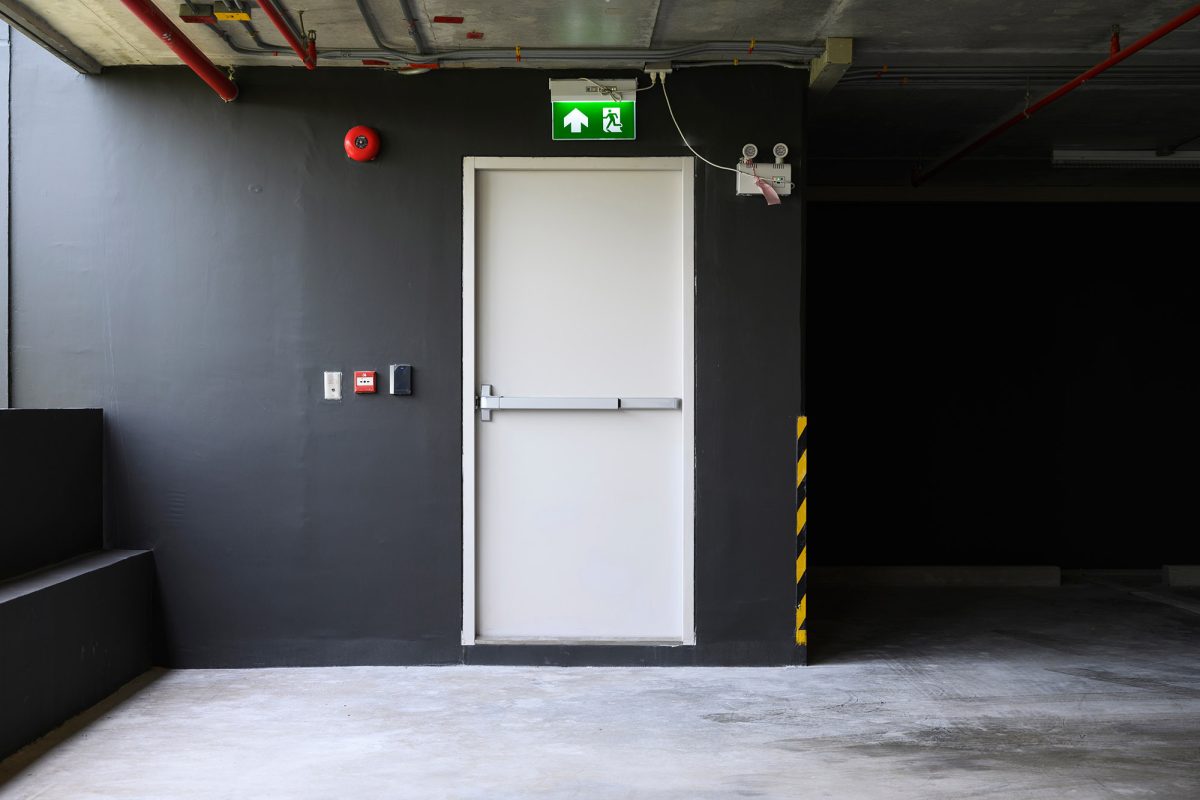
Fire Door Signage
Make sure all appropriate fire doors feature appropriate “Fire Door” signage, for the avoidance of doubt for all occupants. These signs should be safely and securely fastened to the door, at around eye level. These help to add extra peace of mind, so that building occupants can feel at ease.
There’s quite a lot to consider when installing brand new fire doors in any property. So, why not call upon the team here at ADS Commercial to help ensure no detail is overlooked? We provide an extensive range of fire doors, made from top quality materials, and can help to guarantee absolute safety for all occupants. Get a custom quote today using our simple quoting engine.

